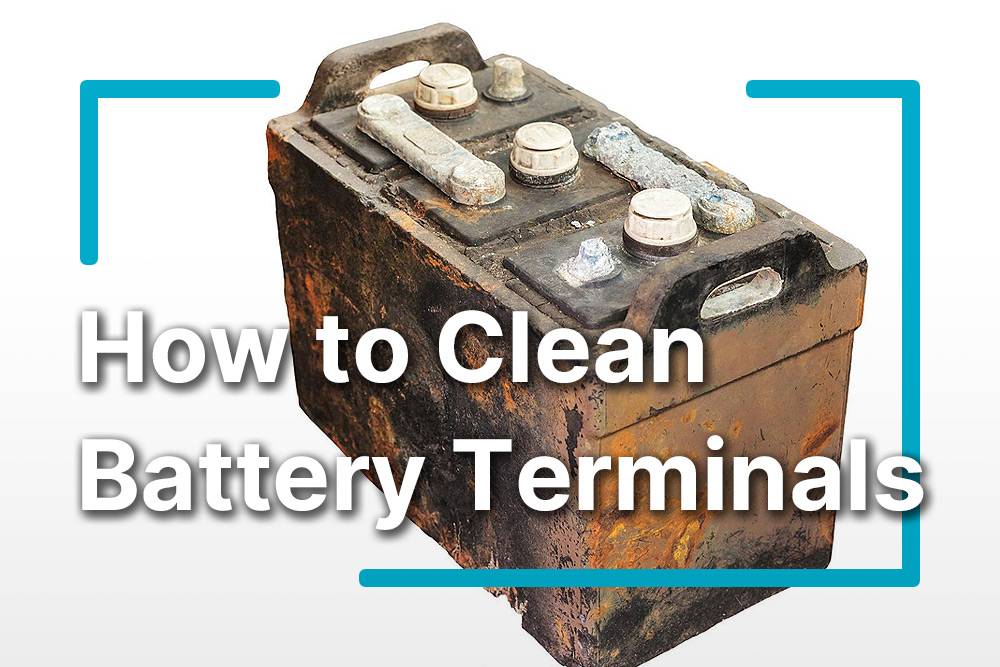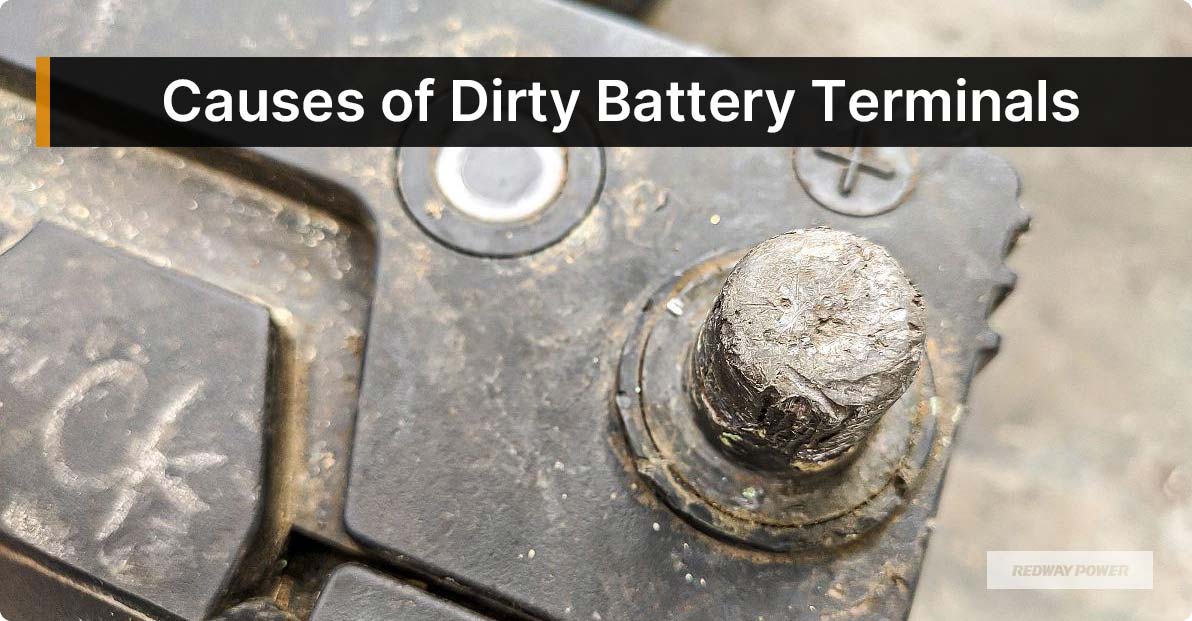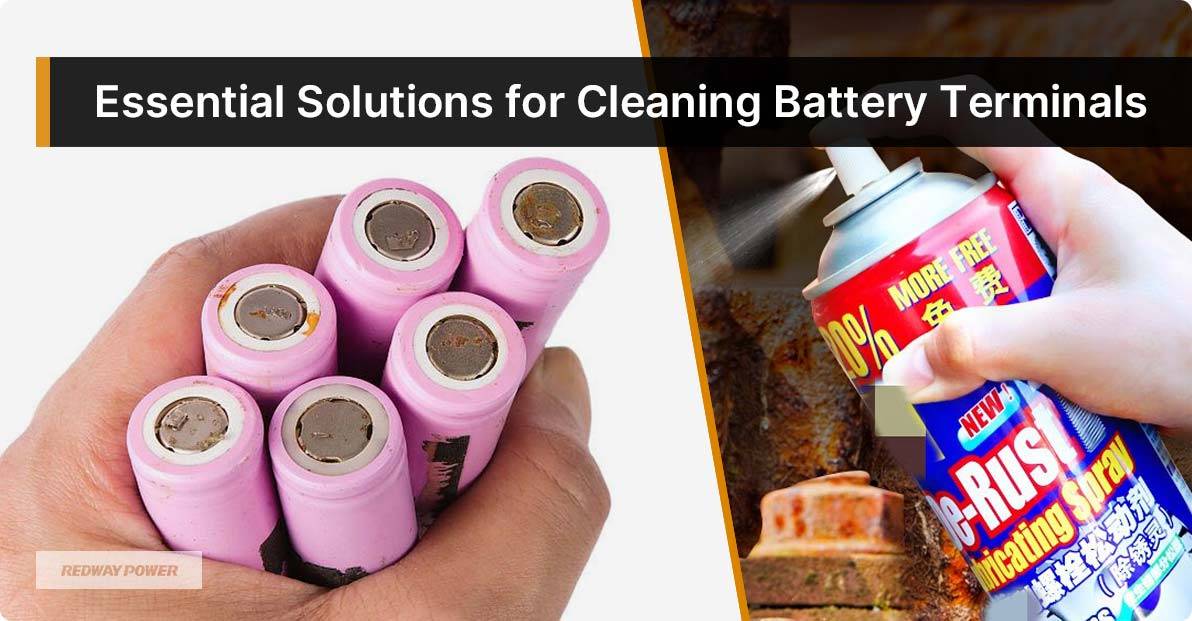- Forklift Lithium Battery
-
48V
- 48V 210Ah
- 48V 300Ah
- 48V 420Ah (949 x 349 x 569 mm)
- 48V 420Ah (950 x 421 x 450 mm)
- 48V 456Ah
- 48V 460Ah (830 x 630 x 590 mm)
- 48V 460Ah (950 x 421 x 450 mm)
- 48V 460Ah (800 x 630 x 600 mm)
- 48V 460Ah (820 x 660 x 470 mm)
- 48V 500Ah
- 48V 560Ah (810 x 630 x 600 mm)
- 48V 560Ah (950 x 592 x 450 mm)
- 48V 600Ah
- 48V 630Ah
-
48V
- Lithium Golf Cart Battery
- 12V Lithium Battery
12V 150Ah Lithium RV Battery
Bluetooth App | BCI Group 31
LiFePO4 Lithium
Discharge Temperature -20°C ~ 65°C
Fast Charger 14.6V 50A
Solar MPPT Charging - 24V Lithium Battery
- 36V Lithium Battery
- 48V Lithium Battery
-
48V LiFePO4 Battery
- 48V 50Ah
- 48V 50Ah (for Golf Carts)
- 48V 60Ah (8D)
- 48V 100Ah (8D)
- 48V 100Ah
- 48V 100Ah (Discharge 100A for Golf Carts)
- 48V 100Ah (Discharge 150A for Golf Carts)
- 48V 100Ah (Discharge 200A for Golf Carts)
- 48V 150Ah (for Golf Carts)
- 48V 160Ah (Discharge 100A for Golf Carts)
- 48V 160Ah (Discharge 160A for Golf Carts)
-
48V LiFePO4 Battery
- 60V Lithium Battery
-
60V LiFePO4 Battery
- 60V 20Ah
- 60V 30Ah
- 60V 50Ah
- 60V 50Ah (Small Size / Side Terminal)
- 60V 100Ah (for Electric Motocycle, Electric Scooter, LSV, AGV)
- 60V 100Ah (for Forklift, AGV, Electric Scooter, Sweeper)
- 60V 150Ah (E-Motocycle / E-Scooter / E-Tricycle / Tour LSV)
- 60V 200Ah (for Forklift, AGV, Electric Scooter, Sweeper)
-
60V LiFePO4 Battery
- 72V~96V Lithium Battery
- Rack-mounted Lithium Battery
- E-Bike Battery
- All-in-One Home-ESS
- Wall-mount Battery ESS
-
Home-ESS Lithium Battery PowerWall
- 24V 100Ah 2.4kWh PW24100-S PowerWall
- 48V 50Ah 2.4kWh PW4850-S PowerWall
- 48V 50Ah 2.56kWh PW5150-S PowerWall
- 48V 100Ah 5.12kWh PW51100-F PowerWall (IP65)
- 48V 100Ah 5.12kWh PW51100-S PowerWall
- 48V 100Ah 5.12kWh PW51100-H PowerWall
- 48V 200Ah 10kWh PW51200-H PowerWall
- 48V 300Ah 15kWh PW51300-H PowerWall
PowerWall 51.2V 100Ah LiFePO4 Lithium Battery
Highly popular in Asia and Eastern Europe.
CE Certification | Home-ESS -
Home-ESS Lithium Battery PowerWall
- Portable Power Stations
How to Clean Battery Terminals: Essential Solutions and FAQs

Cleaning battery terminals is essential for maintaining optimal performance and ensuring the longevity of your vehicle’s electrical system. This article provides step-by-step instructions on how to effectively clean battery terminals using common household items, discusses necessary materials, highlights the importance of regular maintenance, and outlines safety precautions.
How to clean battery terminals with household items?
You can effectively clean battery terminals using simple household items like baking soda and water. This method neutralizes corrosion and restores connectivity. Here’s how:
- Prepare a Cleaning Solution: Mix one tablespoon of baking soda with one cup of water. Stir until fully dissolved.
- Apply the Solution: Use an old toothbrush or a small brush to apply the solution generously onto the corroded areas of the terminal.
- Scrub the Terminals: Gently scrub the terminals and cable ends to remove corrosion buildup.
- Rinse and Dry: Rinse off any residue with water and dry thoroughly with a rag.
Chart: Cleaning Method Overview
| Step | Description |
|---|---|
| Prepare Solution | Mix baking soda with water |
| Apply Solution | Use a brush to apply generously |
| Scrub | Remove corrosion with gentle scrubbing |
| Rinse and Dry | Wash off residue and dry thoroughly |
Always grease & lubricate your battery terminals to reduce corrosion, and improve contact! 🔋
What materials do you need for cleaning battery terminals?
To clean your battery terminals effectively, gather the following materials:
- Baking Soda: Acts as a neutralizing agent for acid corrosion.
- Water: Used to create the cleaning solution.
- Old Toothbrush or Small Brush: Ideal for scrubbing hard-to-reach areas.
- Rag or Cloth: For drying the terminals after cleaning.
- Protective Gear: Safety goggles and gloves are recommended to protect against corrosive materials.
Chart: Required Materials
| Material | Purpose |
|---|---|
| Baking Soda | Neutralizes corrosion |
| Water | Dilutes baking soda for cleaning solution |
| Old Toothbrush | Scrubs away corrosion |
| Rag | Dries the cleaned surfaces |
| Protective Gear | Ensures safety while cleaning |
Why is it important to clean battery terminals regularly?
Regularly cleaning your battery terminals is crucial for several reasons:
- Prevents Corrosion Buildup: Keeping terminals free of corrosion ensures a good electrical connection, which is vital for starting your vehicle.
- Enhances Battery Life: Clean connections help maintain optimal performance, extending the lifespan of both the battery and electrical components.
- Improves Safety: Reduces risks associated with poor connections, such as electrical fires or failure to start.
Chart: Importance of Regular Cleaning
| Reason | Explanation |
|---|---|
| Prevents Corrosion | Maintains good electrical connections |
| Enhances Battery Life | Keeps performance optimal |
| Improves Safety | Reduces risk of electrical issues |
Clean BATTERY CORROSION on ELECTRONICS! EASY DIY! | 2-minute Tutorials Ep.4
What steps should you follow to clean battery terminals?
Follow these steps for effective cleaning:
- Safety First: Ensure the vehicle is turned off, and wear gloves and safety goggles.
- Disconnect Battery Cables: Start by removing the negative (-) cable followed by the positive (+) cable.
- Inspect Terminals: Check for severe corrosion or damage; if excessive, consider replacing parts.
- Apply Cleaning Solution: Use your prepared baking soda solution on corroded areas.
- Scrub Thoroughly: Clean all affected areas until corrosion is removed.
- Rinse Off Residue: Use water to rinse away any remaining solution or debris.
- Dry Completely: Ensure all moisture is dried before reconnecting cables.
- Reconnect Cables: Attach positive (+) cable first, followed by negative (-).
Chart: Step-by-Step Cleaning Process
| Step | Description |
|---|---|
| Safety First | Turn off vehicle; wear protective gear |
| Disconnect Cables | Remove negative first, then positive |
| Inspect Terminals | Check for damage or excessive corrosion |
| Apply Solution | Use baking soda solution on corroded areas |
| Scrub Thoroughly | Clean until all corrosion is removed |
| Rinse Off Residue | Wash away any remaining solution |
| Dry Completely | Ensure no moisture remains |
| Reconnect Cables | Attach positive first, then negative |
What safety precautions should be taken when cleaning battery terminals?
Safety precautions are vital when handling batteries due to their corrosive nature:
- Wear Protective Gear: Always use gloves and goggles to protect against acid splashes or debris.
- Work in a Well-Ventilated Area: Ensure good airflow to avoid inhaling any harmful vapors released during cleaning.
- Avoid Sparks or Flames: Keep flammable materials away from batteries as they can emit explosive gases during maintenance.
Chart: Safety Precautions
| Precaution | Description |
|---|---|
| Wear Protective Gear | Gloves and goggles are essential |
| Work in Ventilated Area | Reduces inhalation risks |
| Avoid Sparks | Keep flammable materials away from batteries |
Industrial News
The automotive industry continues to evolve with advancements in battery technology that enhance performance and safety features across various vehicles, including electric models. Recent innovations focus on improving maintenance practices through smart technologies that alert users when maintenance is needed, such as cleaning or replacing batteries, thereby optimizing vehicle reliability.
Redway Power Insights
“Regular maintenance of your vehicle’s battery, including terminal cleaning, is essential for ensuring longevity and performance,” states Redway Power’s expert team. “By following proper procedures and safety measures, you can significantly enhance your vehicle’s reliability while minimizing issues related to poor connections.”
FAQ Section
Q: How often should I clean my car battery terminals?
A: It’s advisable to check and clean your car battery terminals at least twice a year or more frequently if you notice corrosion buildup.Q: Can I use vinegar instead of baking soda to clean battery corrosion?
A: Yes, vinegar can be used as an alternative, but baking soda is preferred due to its effectiveness in neutralizing acid.Q: Is it necessary to disconnect the battery when cleaning?
A: Yes, disconnecting the battery ensures safety by preventing accidental short circuits during cleaning.















